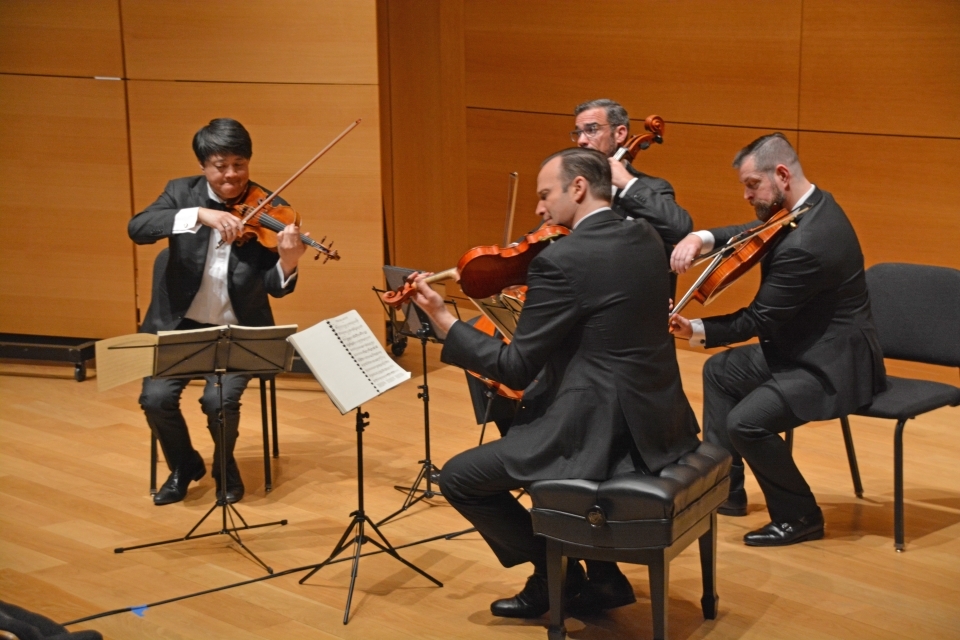

Press

Austrian composer Hugo Wolf and earlier Romantic German composers Robert Schumann and Felix Mendelssohn shared admiration of passionate love-singing like their southern neighbors down the road.




Austrian composer Hugo Wolf and earlier Romantic German composers Robert Schumann and Felix Mendelssohn shared admiration of passionate love-singing like their southern neighbors down the road.

Stay updated on Miró Quartet's latest performances and recordings.